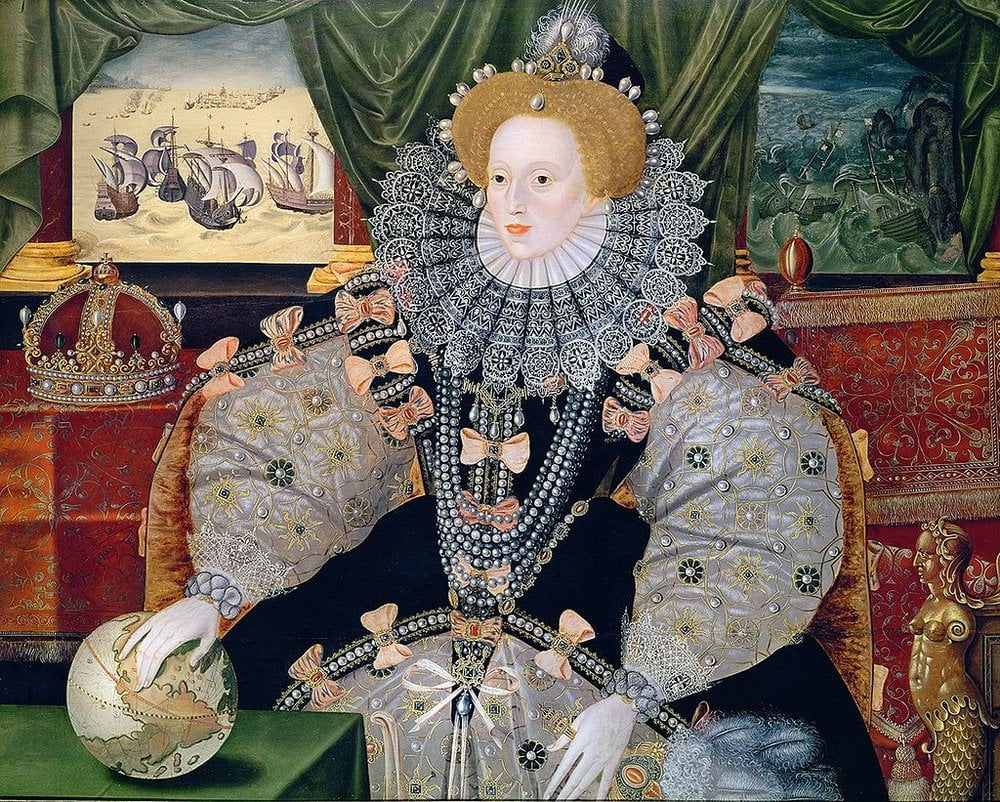Queen Elizabeth I is the only English queen never to marry. Many expected her to marry in order to secure her succession. And despite the many foreign princes and English noblemen, she remained single until the end of her life. Why? Who were some of her notable suitors? Did she make a mistake?
Some historians today believe she chose to remain single to protect England’s security. Elizabeth wanted to remain independent of any foreign influence, something that marriage would bring.
Throughout her life, Elizabeth kept everyone guessing on the subject of who she might marry. But she never did. The former Queen emphasized her image of “Virgin Queen”. She portrayed herself as a monarch who put the stability and security of the country before her personal happiness.
What are some of the advantages and disadvantages?
Let’s start with the benefits of staying single. Remaining single meant she could keep sole control of English affairs, namely government and religion. She had suitors from different countries. But choosing one would put England in a pairing with a foreign country, something that didn’t bode well before.Her refusal to choose a single suitor meant leaving her options open in foreign affairs. At the same time, she could play countries off against each other. That made Elizabeth I a strong negotiator. And she remained the focus of all power with no apparent successor.
But ongoing uncertainty about successor and who would inherit the throne led to many plots and attacks. People from foreign countries that had no chance of forming an alliance via marriage, planned attacks to overthrow Elizabeth. Namely, those included Catholic powers.
Elizabeth’s councilors and MPs got frustrated, they thought without settled succession, the country remained vulnerable.
Who were her suitors?
Elizabeth I had many potential suitors. But for this purpose, let’s take a look at the most notable ones. And those that potentially had a realistic shot.
Robert Dudley, the Earl of Leicester, served as a counselor. He was an ambitious and good looking courtier. She spent a lot of time with him, giving people enough juice to speculate the two were in love. But there was one problem, Robert was already married. And when his wife was found dead, conspiracy theories and rumors started appearing.
As a result, Elizabeth withdrew from Dudley to protect her reputation and position.
King Philip of Spain was another potential suitor. In the 1560s, he even proposed to Elizabeth. King Philip was a Catholic, who was previously married to Mary, Elizabeth’s sister. But because MPs thought the alliance would cause religious problems and open the door for potential foreign influence in England, she refused his proposal.
We also have to consider Archduke Charles. Fun fact: in 1567, she considered marrying the Archduke of Austria. Sadly, his Catholic faith posed same religious differences and problems to England. There was no match in the end.
Let’s finish off with Francis, Duke of Alencon. These marriage negotiations went on for nearly a decade. Francis, the heir to the French throne, posed many political advantages. For example, England would have influence over French policy in the Netherlands.
Sadly, Francis died in 1584, leaving Elizabeth single.
![]()
The former Queen often spoke that “she is married to her people”. She believed staying unmarried would help her develop her relationship with the nation. And today, we remember her as a dominant monarch who always tried to assert her powers. Let’s not forget, she once famously said, “I will have one mistress and no master”.
Why she never got married?
Elizabeth began her reign on November 17, 1558 as a young woman of 25 years. But by the time she gave her first speech in early 1559, she made a famous statement, saying “it would be sufficient for her to live and die a virgin”.
Many years later, in March 1603, she died virgin at the age of 69. Foreign marriage would meant a foreign king and a foreign heir, something that she didn’t want. And that went terribly wrong for her older sister Mary. She got married to Philip II of Spain.
And we have to look at examples in her family. As a child, she witnessed two of her father Henry VIII’s wives. Her father married a total of six times. Two of them got killed. When she was only three years old, Anne Boleyn was beheaded of treason and adultery.
![]()
And then she also witnessed the execution of her stepmother Catherine Howard in 1542. Of the four other stepmothers she had, two were divorced and cast aside, one died in childbirth, and the last one barely survived due to an implication of suspected heresy, just months before her father’s death.



